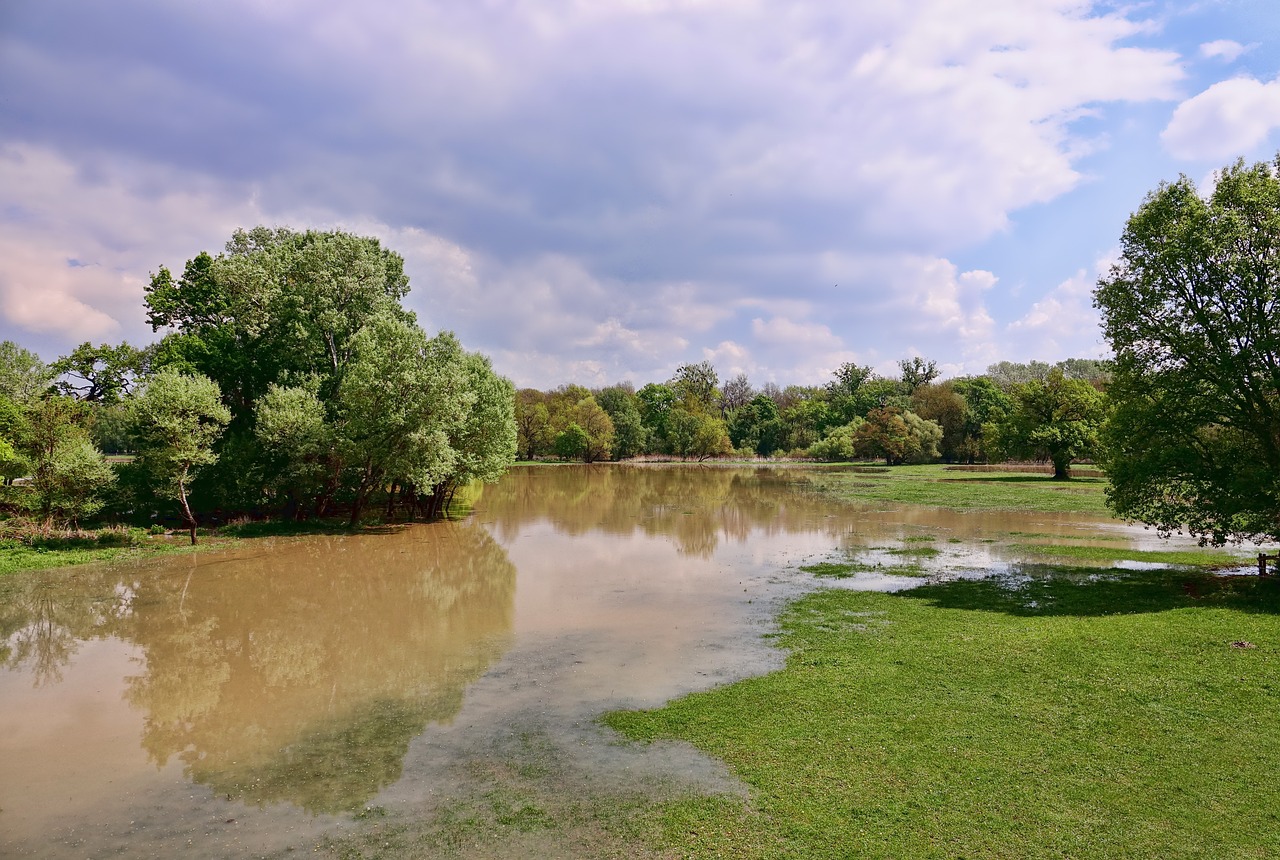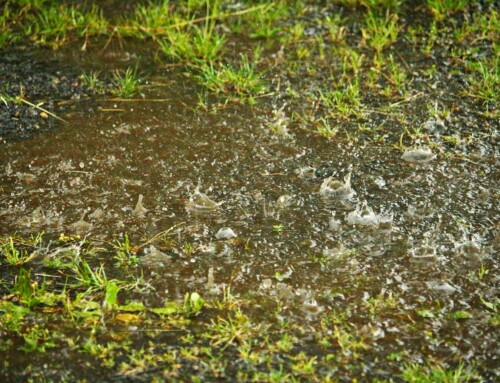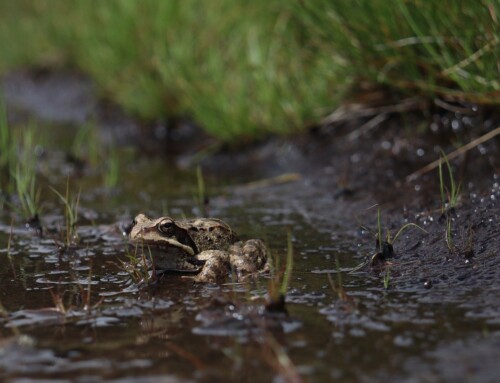This past week, the Florida Gulf Coast experienced record-setting rains that flooded homes and businesses and turned roads into canals. Although the storm was not affiliated with a hurricane, it was a dire reminder that hurricane season is here, and wild weather is likely. For those who realized that their lawns had poor drainage and were not equipped to handle a lot of water, it was a wake-up call. From flattened flower beds to dead grass and soil erosion, homeowners face a host of serious issues if they have a flooded yard. Here are some of our best tips to help you prepare for the next torrential rainstorm.
Key Takeaway: Forecasts predict increasing rainfall and more frequent storms in the coming years. Be prepared by planning to mitigate these issues with these yard flooding solutions.
- Create a Rain Garden: If your yard is prone to flooding, a rain garden is a practical and attractive solution. They’re easy to set up and promote the growth of Florida native, flood-tolerant perennial plants. According to the Groundwater Foundation, rain gardens permit 30% more water to soak into the soil than conventional lawn cover. Create the plant-filled shallow depression at least 10 feet away from the foundation of the house, in proximity to the runoff from your downspouts and roof. The water then percolates through the well-drained ground made from a blend of topsoil, sand, and compost). Click here to learn more about rain gardens.
- Add Amendments and Aerate the Soil: Sandy or loamy soils drain more efficiently than heavy clay and can help to avoid a flooded yard. Homeowners can amend their soil by adding a 3-inch layer of loose organic matter, such as compost or bark, to help deconstruct dense soils. Another common cause of lawn flooding is a buildup of thatch, which is a thick layer of stems, roots, and dead leaves mixed with grass. Compaction of thatch and soil can prevent the absorption of water into the ground. Routine dethatching and aeration to break up compacted soil is an easy method used to prevent puddles and ponds from forming on the lawn.
- Plant Trees: Planting just a few trees on your property can offer significant benefits, including helping minimize the effects of flooding. Trees help to reduce surface water runoff by up to 80%, with extensive root systems that slow and limit the amount of rain hitting the ground and allow the rain that does penetrate to absorb more deeply. River birch, weeping willow, black tupelo, and red maple are examples of trees that tolerate soggy soil.
- Select Appropriate Mulch: Laying a heavier mulch – such as wood chips – is an effective way to deal with a flooded yard or excess water in your garden beds. Light mulch materials won’t absorb as much moisture and is much more likely to get washed away during torrential rains and flood events. This will create a lot of work for the homeowner and can result in blocked drains. Expert Tip: Be sure to keep the mulch at least 6 inches away from the edge of your home, as you don’t want the retained moisture seeping into your walls and foundation.
- Level Slopes and Create Swales: Flood waters can be collected when yard grading is inadequate. Leveling out the slopes will prevent water from pooling and keep water from flowing towards your foundation. A swale is a depression in your landscape that follows a slope’s contours and directs water towards appropriate areas of the property.
If your flooding problem is severe, you may need to call a professional contractor to regrade your property.
Organic Compost and Mulch for Your Gardens
The Veransa Group is committed to restoring and reinvigorating Florida’s soil quality. We work with municipalities and residents to recycle and repurpose yard and wood waste to benefit future generations of Floridians. If you are looking for quality mulch or compost products that help the environment and protect your lawn and gardens, call Veransa today.




